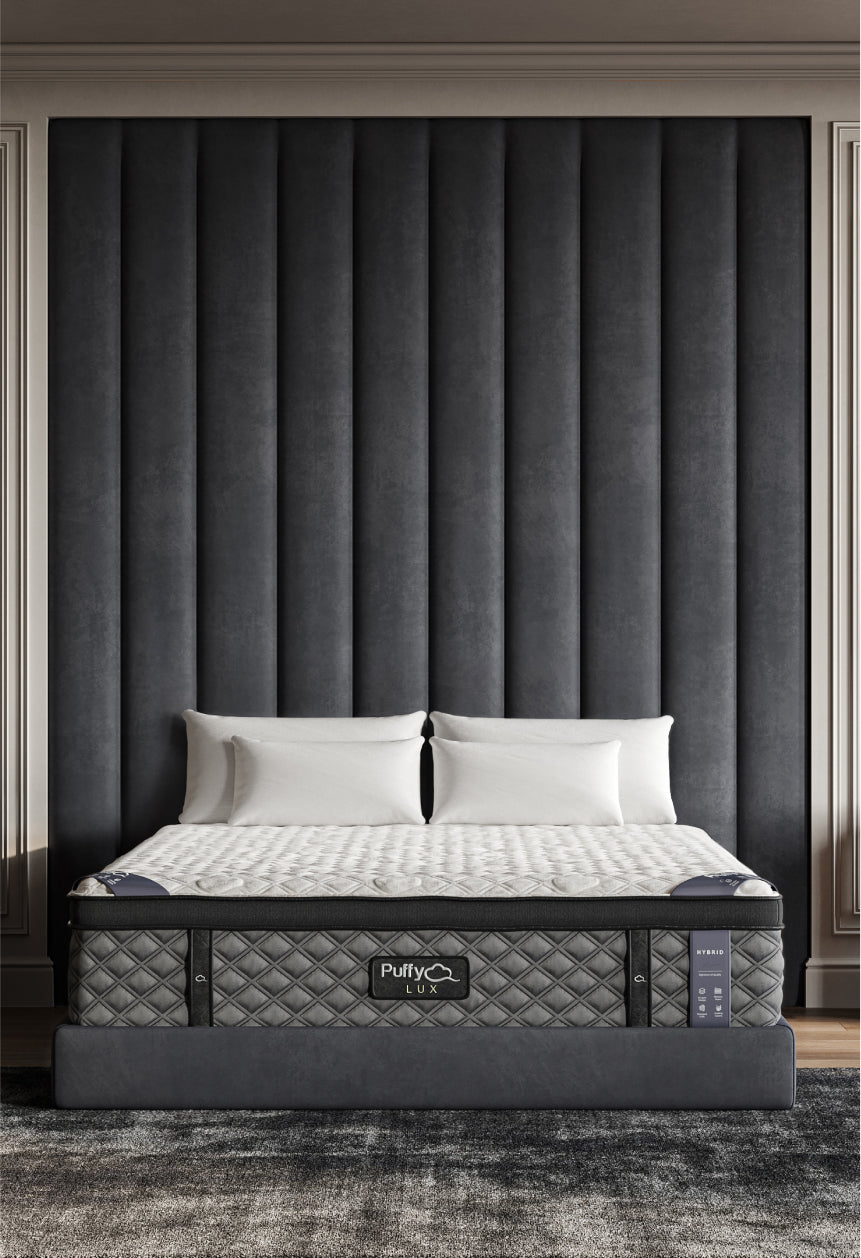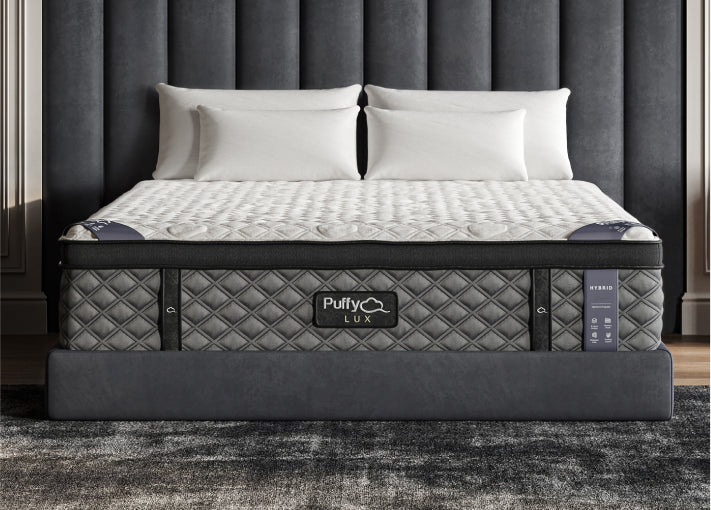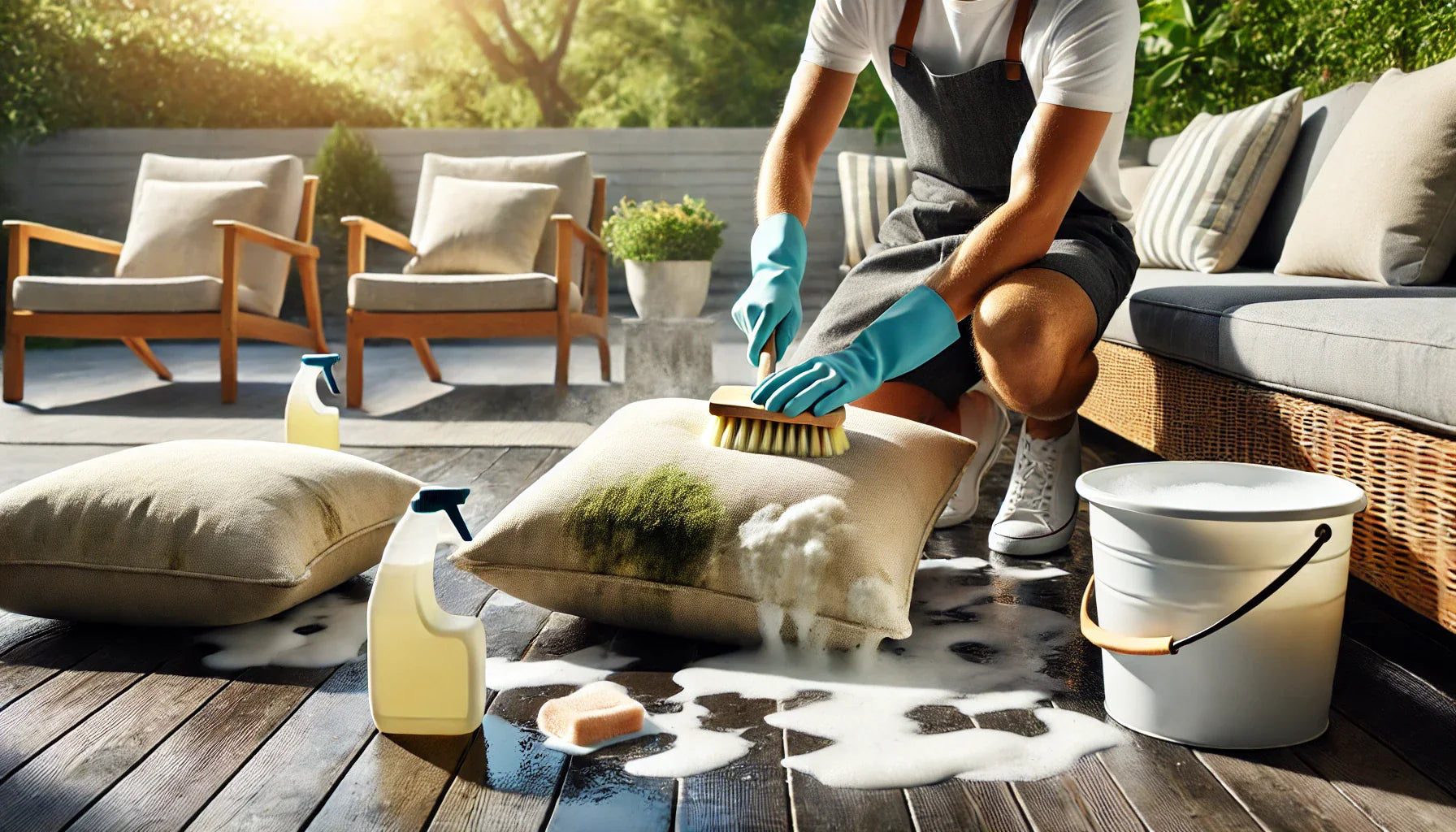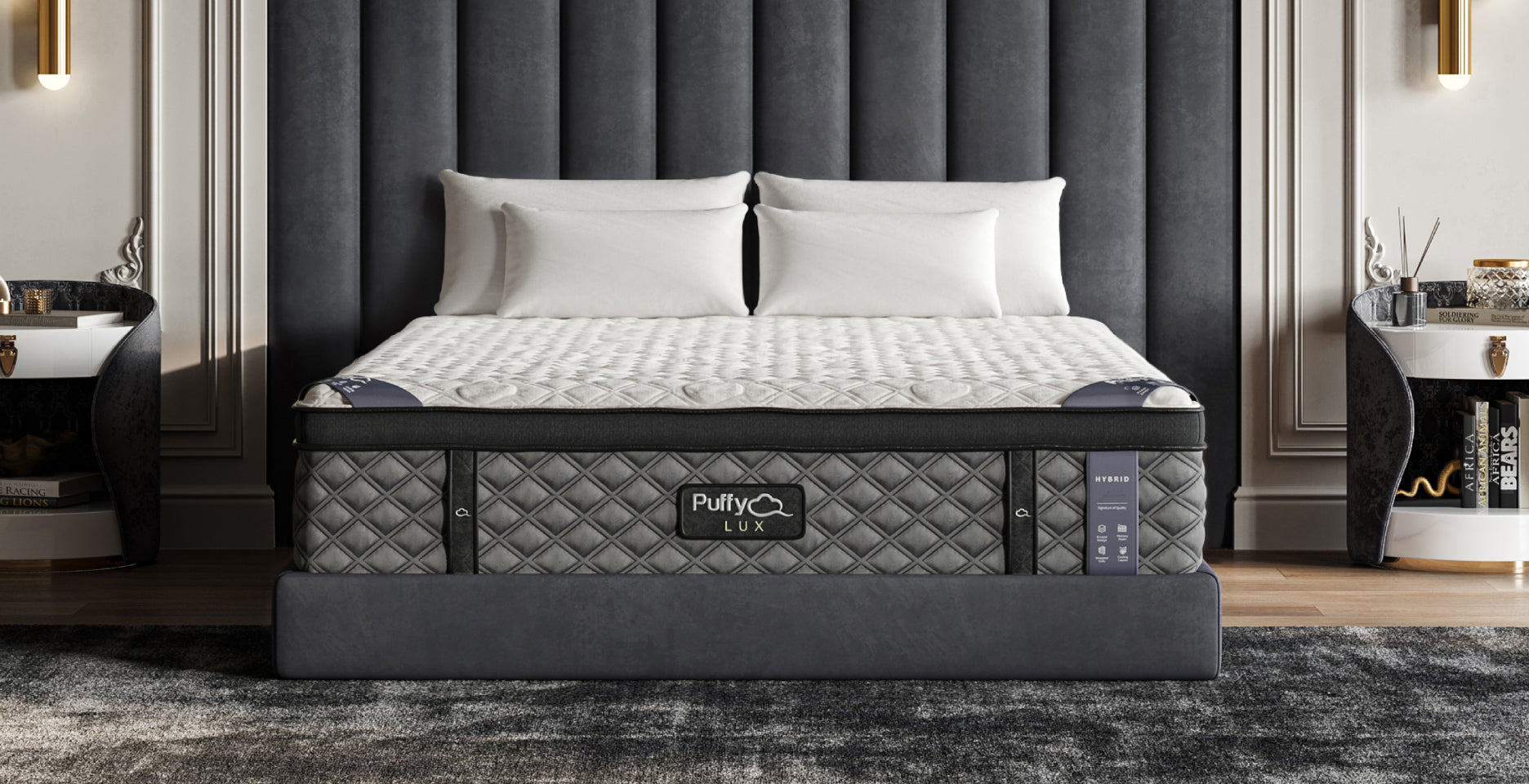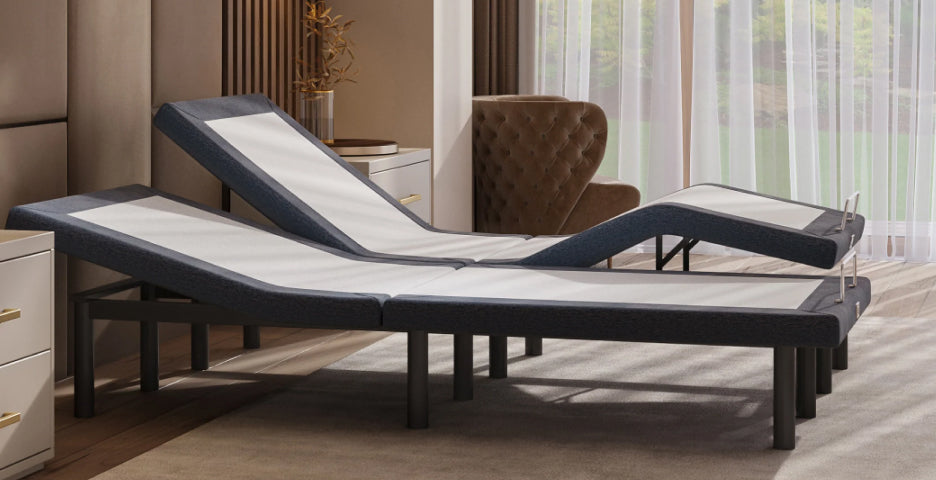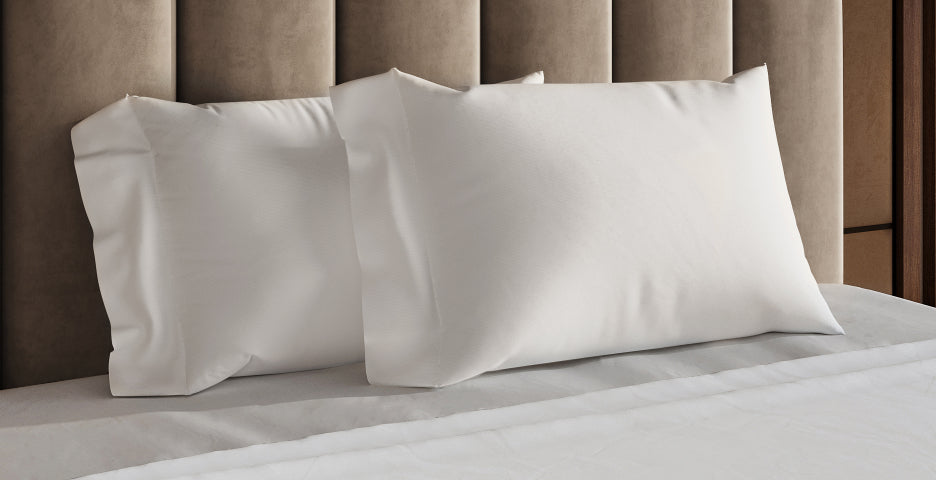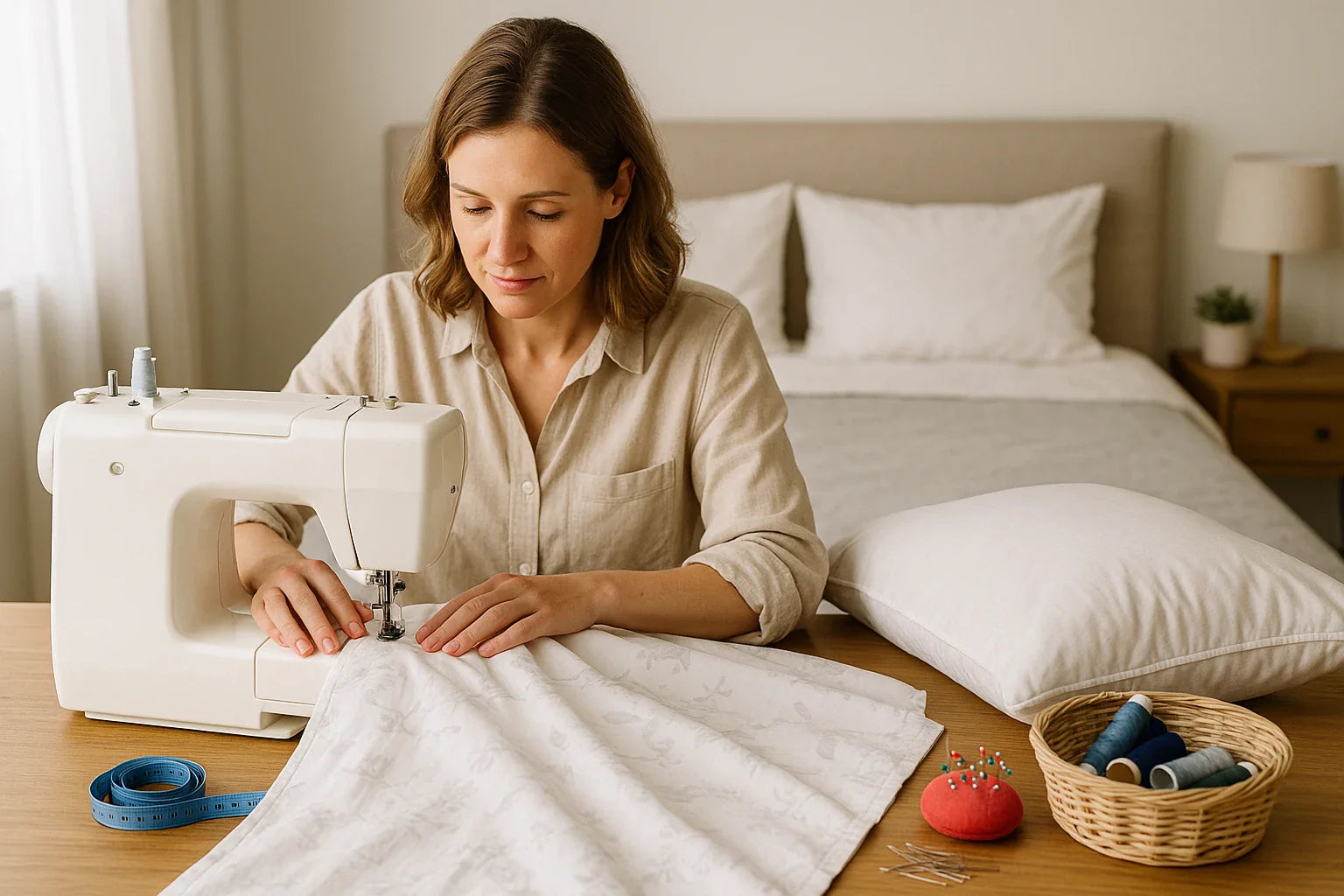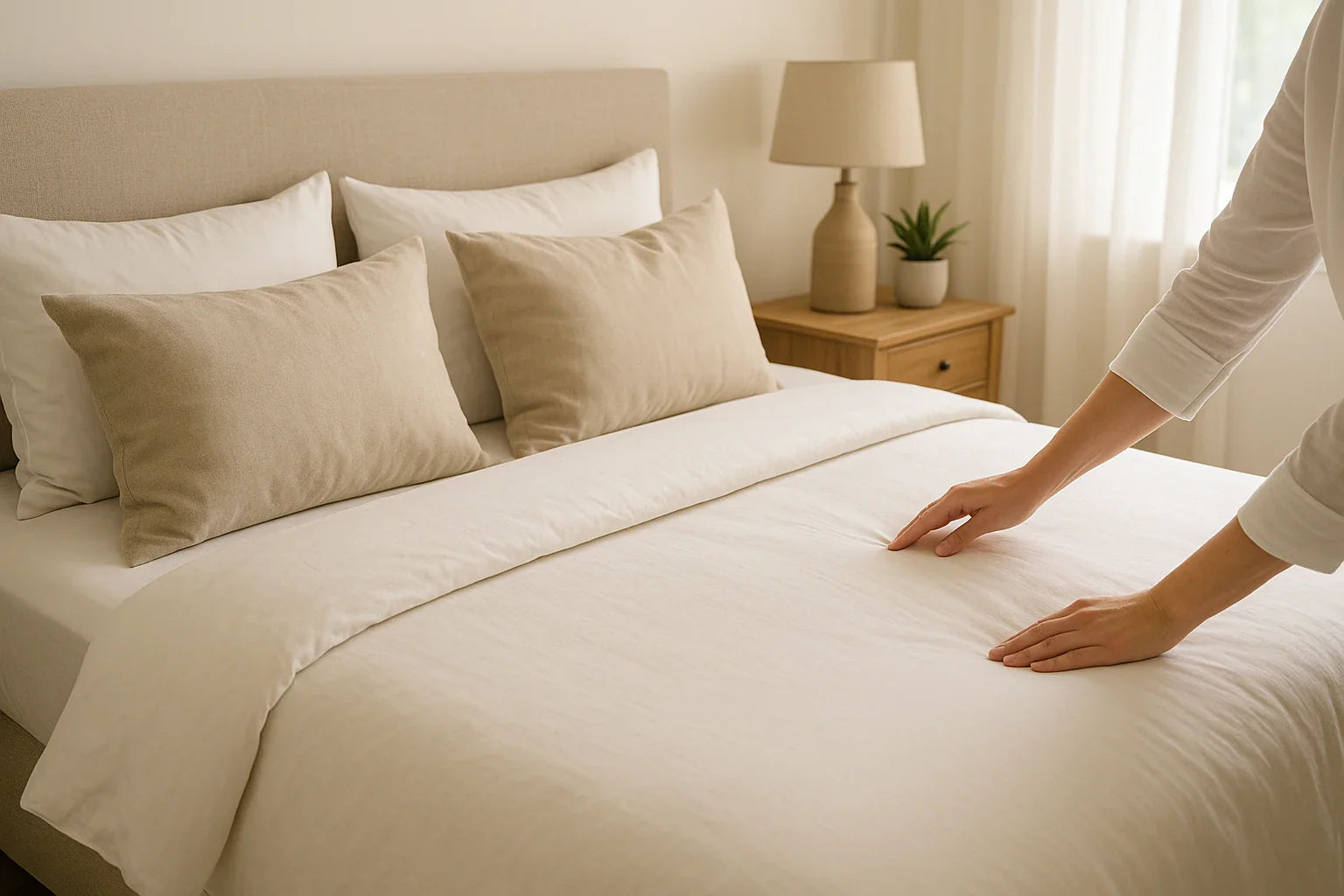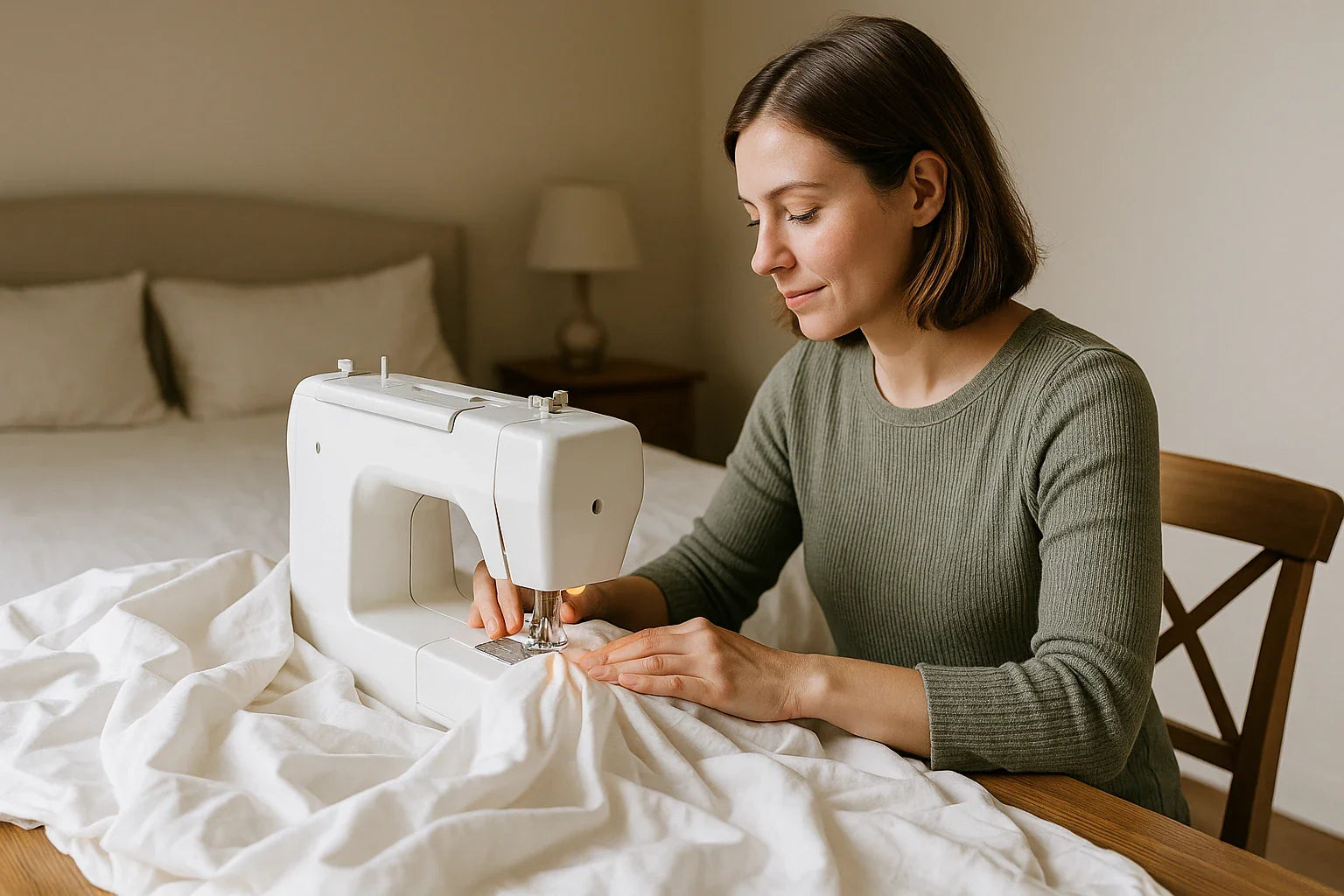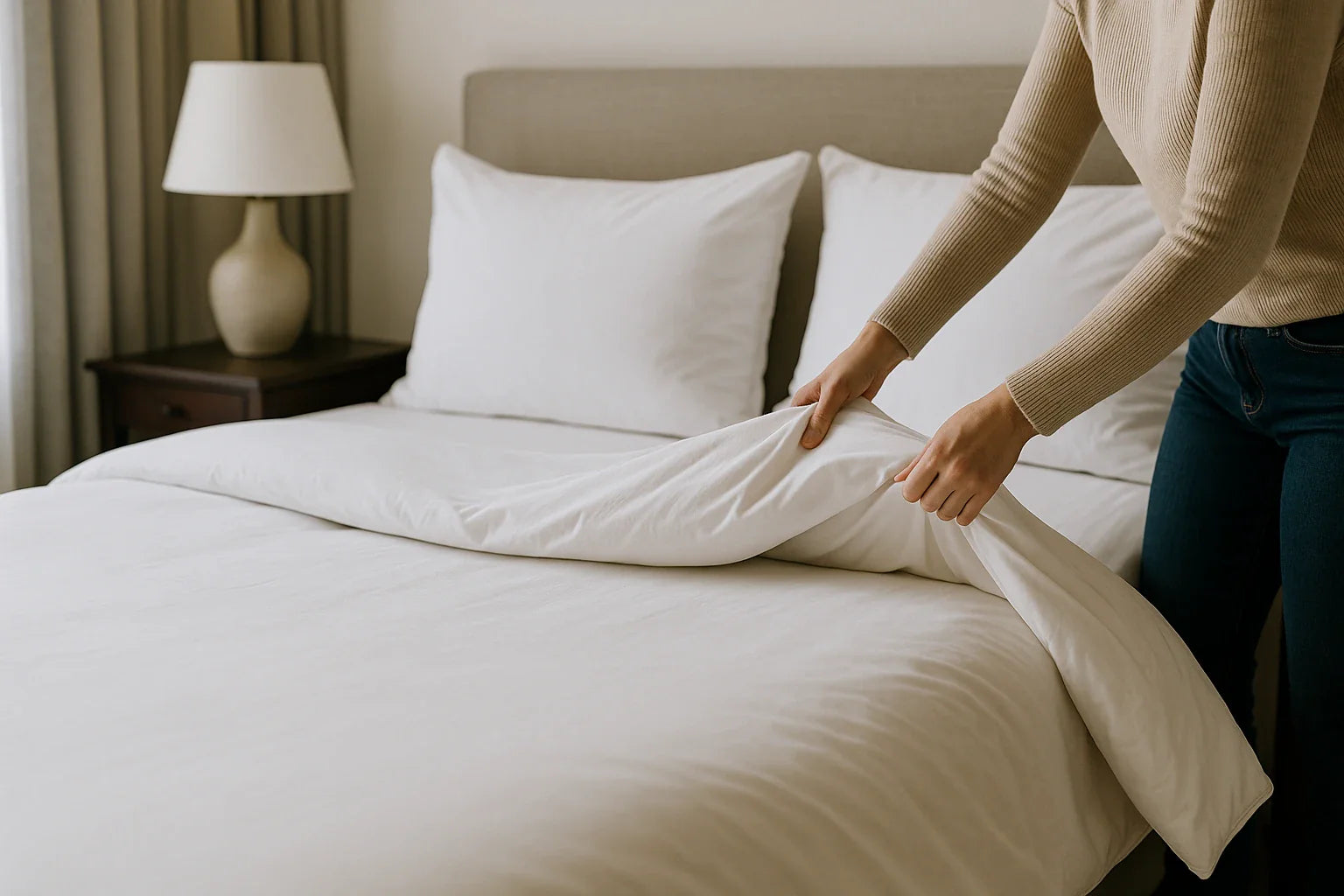Key Takeaways
- Learn exactly how to remove mildew from outdoor pillows using household or commercial solutions.
- Discover effective cleaning methods, from spot treatments to full soaks.
- Find out how to prevent mildew buildup with simple storage and care tips.
- Understand the difference between mildew and mold, and when it’s time to replace.
- See how fresh outdoor pillows contribute to a cleaner indoor sleep environment too.
There’s nothing quite like relaxing on the patio until a sour smell or musty patch shows up on your favorite cushions.
Outdoor pillows are exposed to everything—sun, rain, humidity, pollen, and more. So it’s no surprise they can quickly develop mildew, especially after a rainy stretch.
If you’ve been wondering how to remove mildew from outdoor pillows, you’re in the right place.
We’ll walk you through easy, effective steps that restore freshness without the need to toss your cushions.
How to Clean Outdoor Pillows with Mildew
Mildew is the lighter cousin of mold—usually white, gray, or yellow and easier to clean in early stages. But left untreated, it can stain fabric, smell terrible, and trigger allergies.
What You’ll Need:
-
White vinegar
-
Baking soda
-
Mild dish soap or laundry detergent
-
Spray bottle
-
Soft scrub brush or sponge
-
Hose or bucket of water
-
Sunlight for drying
Step-by-Step Instructions:
-
Brush off loose mildew:
-
Outdoors, lightly brush the surface with a dry scrub brush to remove visible patches.
-
Focus on seams, piping, and textured fabric where mildew likes to cling. Shake out debris before proceeding.
-
-
Spray vinegar solution:
-
Mix equal parts white vinegar and warm water in a spray bottle. Spray generously over affected areas.
-
Let it soak into the fabric fibers for deeper mildew breakdown. Reapply if the fabric dries too quickly in warm weather.
-
-
Let it sit:
-
Allow the vinegar to work for 10–20 minutes. It breaks down the mildew and neutralizes odors.
-
During this time, consider spraying the clean side of the pillow too as a preventative measure.
-
-
Add baking soda and scrub:
-
Sprinkle baking soda on the treated area. Scrub in a circular motion with a damp sponge.
-
Repeat this step twice for stubborn mildew spots. For tight corners, use an old toothbrush for precision cleaning.
-
-
Wash with soapy water:
-
Mix warm water and dish soap or mild detergent in a bucket. Use a sponge or cloth to wipe down the entire pillow.
-
Gently press the pillow to move soapy water through the interior, especially for thicker cushions.
-
-
Rinse thoroughly:
-
Hose down the pillow or rinse with clean water to remove all residue.
-
Continue rinsing until the water runs completely clear and there’s no more soapiness when you squeeze.
-
-
Dry in full sun:
-
Direct sunlight not only dries but also helps disinfect. Flip every few hours for even drying.
-
Allow extra time if humidity is high. The pillow should feel light and crisp before bringing it back in.
-
Once the mildew is gone and your outdoor setup is fresh again, returning to a bedroom with a Puffy Lux Mattress keeps that clean feeling going indoors too—its breathable layers help minimize allergens and retain freshness through every season.
Natural Ways to Remove Mildew from Outdoor Pillows
Prefer to keep things green? Mildew doesn’t require harsh cleaners to beat.
Natural Remedies:
-
White vinegar – A safe, antifungal cleaner that deodorizes.
-
Lemon juice + salt – Apply on a sunny day for natural bleaching and fresh scent.
-
Baking soda – Absorbs moisture and lifts mildew.
-
Hydrogen peroxide (3%) – Effective but test on fabric first to avoid discoloration.
Pro Tips:
-
Always test a small patch of fabric before applying.
-
Avoid bleach on colored pillows—it can fade the material or weaken the fibers.
-
Combine lemon and baking soda for a foaming effect on stubborn spots.
Best Practices for Mildew Prevention on Outdoor Pillows
An ounce of prevention goes a long way—especially when the forecast calls for humidity or damp, cloudy weather that makes drying harder.
Keep Pillows Mildew-Free:
-
Store smart:
- Use waterproof bins, deck boxes, or garage shelves when not in use. Make sure they have ventilation or a few holes to prevent trapped moisture inside sealed containers.
-
Air out often:
- Prop up pillows in direct sunlight weekly, especially after storms or humid nights. Leave them out for at least a few hours per side to fully dry the inner fill.
-
Choose mildew-resistant covers:
- Synthetic fabrics like polyester or solution-dyed acrylic hold up best outdoors. These materials dry faster and resist staining better than untreated cotton or linen blends.
-
Use a spray-on fabric protectant:
- Adds a layer of defense against moisture and staining. Reapply every few months for consistent protection, especially after heavy rains.
-
Avoid leaving pillows on damp ground or grass:
- Even brief contact with wet surfaces can encourage mildew to develop underneath the fabric.
Even taking a minute to fluff and rotate your pillows helps them dry more evenly and stay fresh. It also reduces pressure on seams and helps prevent uneven fading from prolonged sun exposure.
Can You Wash Outdoor Pillows with Mildew in the Washing Machine?
That depends—check the care label. Many outdoor pillows can go through a gentle cycle, but you still need to spot-treat mildew first.
Washing Machine Tips:
-
Pre-treat mildew areas with vinegar spray and baking soda.
-
Use warm water and mild detergent—avoid bleach.
-
Add a towel or two to balance the load.
-
Always air dry fully, preferably in direct sun.
If you’ve ever gone from lounging on a mildew-free patio pillow to curling up indoors, the transition is even better on a Puffy Cloud Mattress. Its hypoallergenic surface helps maintain the freshness you worked hard to achieve outside.
When to Replace Mildew-Stained Outdoor Pillows
Not all mildew damage can be reversed, especially if it’s been sitting for a while.
Signs It’s Time for New Pillows:
-
Mildew odor lingers after multiple cleanings
-
Fabric feels weakened or thin
-
Pillows are discolored beyond repair
-
Fill is clumpy, flattened, or smells damp
Replacing old or overworked pillows protects your outdoor space and your health—especially for kids or anyone with allergies.
How Mildew Differs from Mold on Outdoor Pillows
Though often used interchangeably, mildew and mold aren’t quite the same.
| Feature | Mildew | Mold |
|---|---|---|
| Color | White, gray, yellow | Black, green, brown |
| Texture | Powdery or fluffy | Slimy or fuzzy |
| Smell | Musty, stale | Strong, pungent |
| Removal | Easier to clean | Requires deeper treatment |
Mildew is often a warning sign that conditions are perfect for mold—so early treatment is always best.
Final Thoughts
Mastering how to remove mildew from outdoor pillows is easier than most people think—and a little care goes a long way.
With the right approach, you can restore your patio’s comfort and keep your favorite pillows looking and smelling like new.
Combine regular cleaning with smart storage, and you’ll avoid mildew headaches altogether.
And when it’s time to relax indoors, a breathable mattress ensures your comfort continues, mold- and mildew-free.
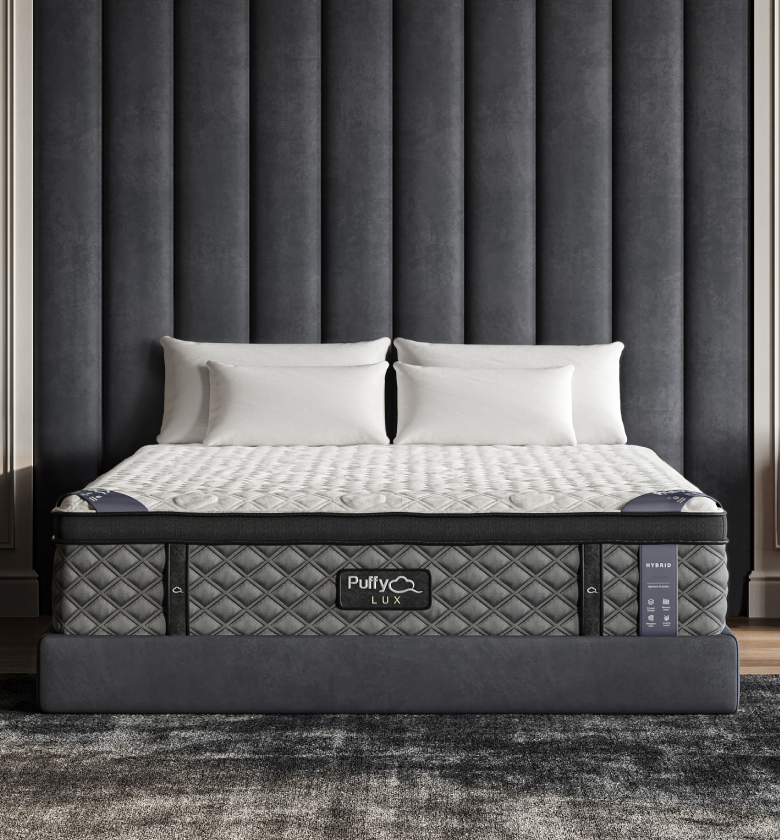
$1,350 in savings
Transform your comfort with the Puffy Lux.
Relax into award-winning comfort with this hybrid mattress:
- 8 layers of cloudlike luxury.
- Medium-plush feel.
- Gel-infused cooling.
- 101-night sleep trial.
